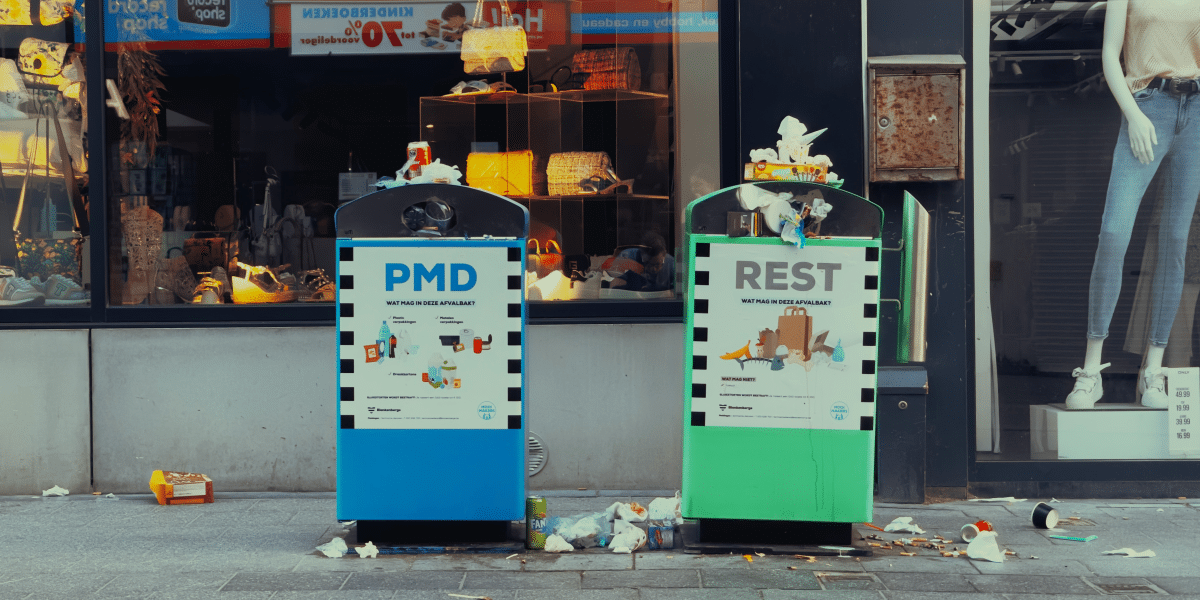Using 660 litre4 wheel plastic bins effectively requires understanding their features, proper placement, and adherence to best practices for waste management. These large-capacity containers are designed to handle substantial volumes of waste, making them ideal for commercial, industrial, and large residential settings. With their robust construction and mobility, 660-litre bins offer a versatile solution for managing diverse waste streams. Proper utilization of these bins not only streamlines waste-handling processes but also contributes to a cleaner, more organized environment.
By following specific guidelines and techniques, users can maximize the efficiency of these bins, ensure safety in their operation, and extend their lifespan. Whether you’re managing waste for a large facility, a residential complex, or a public space, knowing how to use these bins correctly is crucial for maintaining hygiene, compliance with waste regulations, and operational efficiency. Let’s explore five key aspects of using 660-litre 4-wheel plastic bins effectively, ensuring you get the most out of these substantial waste management tools. Consider purchasing 660-litre 4-wheel plastic bins for efficient waste management.
Proper Placement and Positioning
Selecting the right location for your 660-litre 4-wheel plastic bins is crucial for efficient waste management. Place the bins in easily accessible areas that are convenient for both users and collection vehicles. Ensure the chosen spot has a flat, stable surface to prevent tipping and allow easy movement when needed. For outdoor placements, consider proximity to buildings to minimize odors and pest issues while maintaining easy access. In commercial settings, position bins near waste generation points but away from high-traffic areas to avoid obstruction. Allow sufficient space around the bins for maneuvering during waste disposal and collection. If multiple bins are used for different waste streams, group them together in a designated area, clearly labeled for each type of waste.
This organized approach facilitates proper waste segregation and simplifies the collection process. In areas prone to strong winds, consider using bin locks or placing the bins against a wall to prevent unwanted movement. Proper placement not only enhances operational efficiency but also contributes to a cleaner, more organized environment.
Loading and Weight Distribution
Proper loading techniques and weight distribution are essential when using 660-litre 4-wheel plastic bins. Start by ensuring that all waste is bagged before being placed in the bin to maintain hygiene and facilitate easier emptying. Distribute the weight evenly across the bin’s base to prevent tipping and make movement easier. Avoid overloading the bin beyond its weight capacity, typically around 250-300 kg for most 660-litre models. When disposing of heavy items, place them at the bottom of the bin and layer lighter materials on top.
This practice not only helps with weight distribution but also compacts the waste, maximizing the bin’s capacity. For bulky items, break them down if possible to conserve space. Be mindful of the lid’s closure – overfilling can prevent the lid from closing properly, leading to odor issues, pest attraction, and potential spillage. If you consistently find the bin reaching capacity before scheduled collections, consider increasing collection frequency or adding additional bins to manage the volume effectively. Proper loading practices ensure safe handling, prevent damage to the bin, and maintain a sanitary waste management process.
Maneuvering and Transportation
The four-wheel design of 660-litre plastic bins allows for easy maneuvering, but proper techniques should be employed for safe and efficient transportation. When moving the bin, use the handles provided and push rather than pull to maintain better control and reduce strain. Ensure the path is clear of obstacles before moving the bin. For longer distances, especially when the bin is full, two people should maneuver the bin to prevent accidents or strain. Tilt the bin slightly backward when moving to distribute the weight more evenly and prevent contents from shifting forward. When navigating curbs or small steps, use the wheels on one side as a pivot point to lift the other side gently. Avoid moving fully loaded bins up or down steep inclines; if necessary, partially empty the bin first to reduce weight. In areas with smooth surfaces, the bins can be rotated by pushing one side forward while pulling the other back. Regular maintenance of the wheels, including cleaning and occasional lubrication, ensures smooth movement and prolongs the life of the bin.
By employing these maneuvering techniques, you can safely and efficiently transport these large bins, minimizing the risk of injury and damage to property.
Published by: Annie P.

















